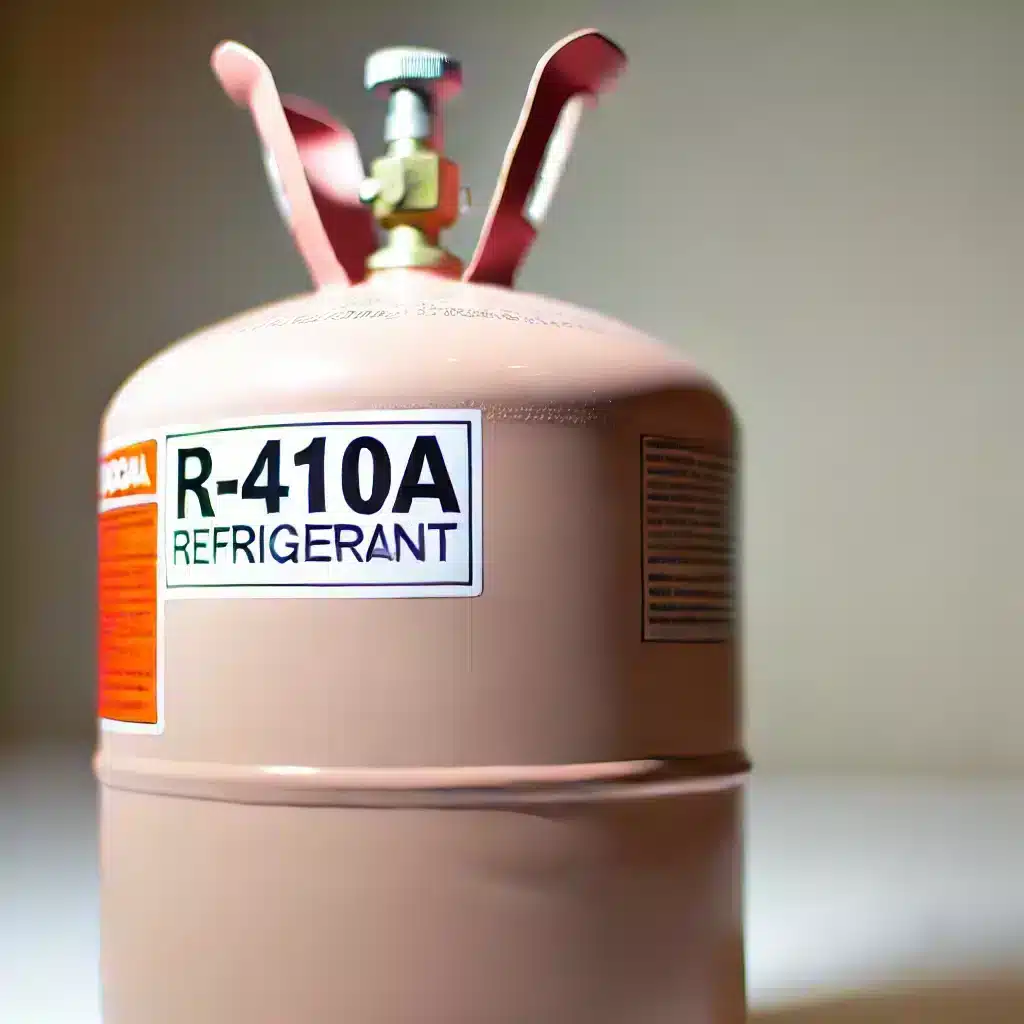2025 Refrigerant Changes: What You Need to Know
Western States Home Services Expert Tips

In the coming months, a significant shift is on the horizon for homeowners in Mesa and beyond, and it’s all about what keeps your home cool in summer and cozy in winter: refrigerant.
As of 2025, the EPA has announced new regulations that will reshape the HVAC industry, requiring a transition to eco-friendly, low-Global Warming Potential (GWP) refrigerants. These changes aren’t just technical; they’ll impact the way you heat and cool your home, with a focus on efficiency, cost-effectiveness, and environmental responsibility.
Here’s what you need to know to keep your Tucson or Mesa HVAC system in compliance, and why preparing now could save you time and money in the long run.
So read on to learn more, and don’t forget that Western States Home Services is always here for your Mesa and Tucson HVAC repairs, maintenance, and installations!
What Are the 2025 EPA Refrigerant Regulations?
In 2025, the EPA will start enforcing a 750 GWP limit for refrigerants in all new air conditioning units. The goal is to phase out R-410A refrigerants and similar products, which have a much higher GWP of 2088. These new HVAC, heating, and air conditioning installations will require low-GWP refrigerants, such as R-32 and R-454B. These options are more environmentally friendly, offering lower toxicity and enhanced efficiency, making them a better fit for your home or business.
What Are R-32 and R-454B?
Difluoromethane makes up R-32, a single-component refrigerant, while 2,3,3,3-tetrafluoropropene and difluoromethane combine to form R-454B. These newer refrigerants are designed to be more energy-efficient and require less refrigerant to cool down your space.
Why is R-410A being phased out, and is it really that bad? Difluoromethane (R-32) and pentafluoroethane (R-125) make up the hydrofluorocarbon (HFC) blend known as R-410A. Despite its introduction in the early 2000s as an environmentally friendly alternative to R-22, R-410A has a very high GWP and fails to meet the new EPA standards.
Why Are These Changes Happening?
The refrigerant changes stem from the Kigali Amendment to the Montreal Protocol. This international agreement targets hydrofluorocarbons (HFCs) reduction, which are a category of refrigerant commonly found in air conditioning, refrigeration, and foam insulation. The good news is HFCs don’t do as much damage to the ozone layer like their predecessors (CFCs), but they do have a high Global Warming Potential (GWP). In other words, they are harmful to the environment and a significant contributor to climate change.
The recent changes started in 2022 with a 10% reduction, a goal for a 40% reduction in 2024, and an 85% reduction by 2036. Beyond protecting the environment, these new refrigerants also offer consumers potential energy savings.
What Are the Alternatives to R-410A?
To date, the go-to replacement for the R-410A refrigerant is R-32, which has a much lower GWP of 675. R-32 is also more energy-efficient and needs less refrigerant, which will ultimately lead to cost savings in installation and ongoing maintenance.
Consumers need to know you can’t simply swap out the old refrigerant for the recommended R-32. Older HVAC systems are not compatible with R-32 without modifications. Simply adding R-32 to an R-410A system can severely damage it, void your warranty, and crush its efficiency.
How Will These Changes Impact Existing Systems?
You won’t be required to replace a working HVAC system, but the cost and availability of the older refrigerants will change. As R-410A supplies on the market decrease, your repair costs will probably rise and make it more cost-effective to upgrade your HVAC in Mesa or Tucson.
The impact for business owners will be even more significant. Commercial HVAC systems in Mesa and Tucson require larger refrigerant volumes, making it important to plan ahead to retrofit or replace them. The goal is to avoid unexpected costs and compliance issues when supplies become harder to source.
How to Prepare for Your Transition to R-32
- Assess Your Current System: Contact our HVAC teams in Mesa and Tucson to look over your existing system and determine if it can be modified for R-32 or if a full replacement is needed. It usually makes more sense for a new HVAC installation instead of working on older systems.
- Explore Energy-Efficient Options: If you’re already considering a new system, focus on models designed for R-32 or other low-GWP refrigerants. They meet the upcoming regulations while offering more energy savings and longer lifespans.
- Regular Maintenance: It’s important to stay on top of HVAC maintenance in Mesa and Tucson when transitioning to new refrigerants. A well-maintained unit helps prevent refrigerant leaks, maintains efficiency, and extends the lifespan of your unit.
What Are the Potential Risks of Ignoring the Refrigerant Changes?
Trying to use R-32 in a system designed for R-410A is a disaster waiting to happen. It can significantly damage your system, resulting in malfunctioning compressors, valves, and coils, as well as costly repairs or premature system replacement. Even if you somehow manage to keep your unit running with the wrong refrigerant, it will run inefficiently and raise your energy costs. You’ll also void your warranty and leave you open to financial risks.
Call Western States Home Services for All Your HVAC Needs
Making the switch to a new refrigerant ultimately helps clean up the environment while keeping your system running efficiently. Western States Home Services is here to make the transition as stress-free as possible.
Give us a call and we’ll answer any questions, come out to assess your system, and offer all the HVAC service in Mesa or Tucson you need for a comfortable home or business year-round. Schedule your appointment today!
